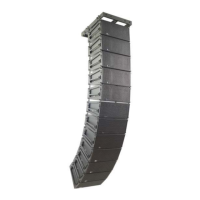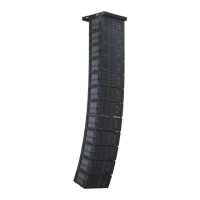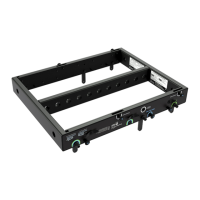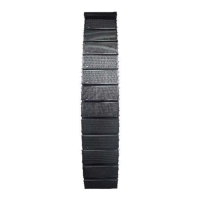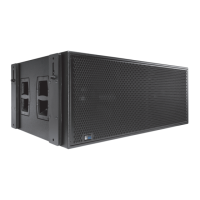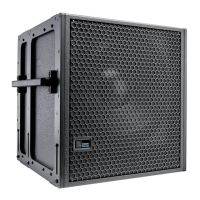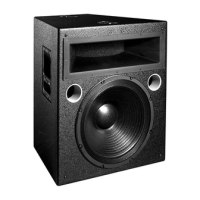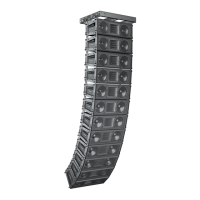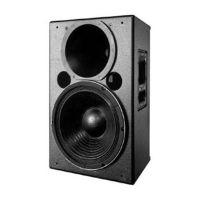CHAPTER 6: SYSTEM DESIGN AND INTEGRATION TOOLS
32
SIM MEASUREMENT SYSTEM
The SIM audio analyzer is a high-resolution audio
measurement system comprising software, hardware,
microphones, and accessory cables. SIM presents measured
audio frequencies at a resolution of 48 points per octave,
where the 48 points per octave are arranged in even
frequency increments in each octave group, equal to the total
frequencies in that octave divided by 48. This resolution
allows application of precise corrections to balance system
response using frequency and phase domain information.
Source Independent Measurement Technique
The SIM audio analyzer implements Meyer Sound’s source
independent measurement technique. This dual-channel
method makes analysis of statistically unpredictable
excitation signals possible. Any excitation signal, within the
desired frequency range, can be used to obtain highly
accurate measurements for acoustical or electronic systems.
For example, during a performance, both the input signal and
the measured output of the loudspeaker system can be
analyzed by SIM and the results can be used to:
• View measurement data as amplitude versus time
(impulse response) or amplitude and phase versus
frequency (frequency response)
• View single-channel frequency domain data with a
logarithmic frequency axis
• Determine and internally compensate for propagation
delays using the SIM Delay Finder
SIM Applications
SIM’s main applications are testing and aligning loudspeaker
systems, which entails:
• Measuring propagation delays between subsystems to
determine appropriate delay times
• Verifying correct polarity
• Measuring and comparing phase responses of
subsystems
• Measuring variations in frequency response caused by the
acoustical environment and the placement and interaction
of loudspeakers to determine corrective equalization
• Optimizing subwoofer integrations
• Optimizing loudspeaker arrays
SIM can also be used in the following applications:
• Microphone calibration and equalization
• Transducer evaluation and correction
• Echo detection and analysis
• Vibration analysis
• Architectural acoustics
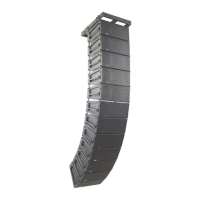
